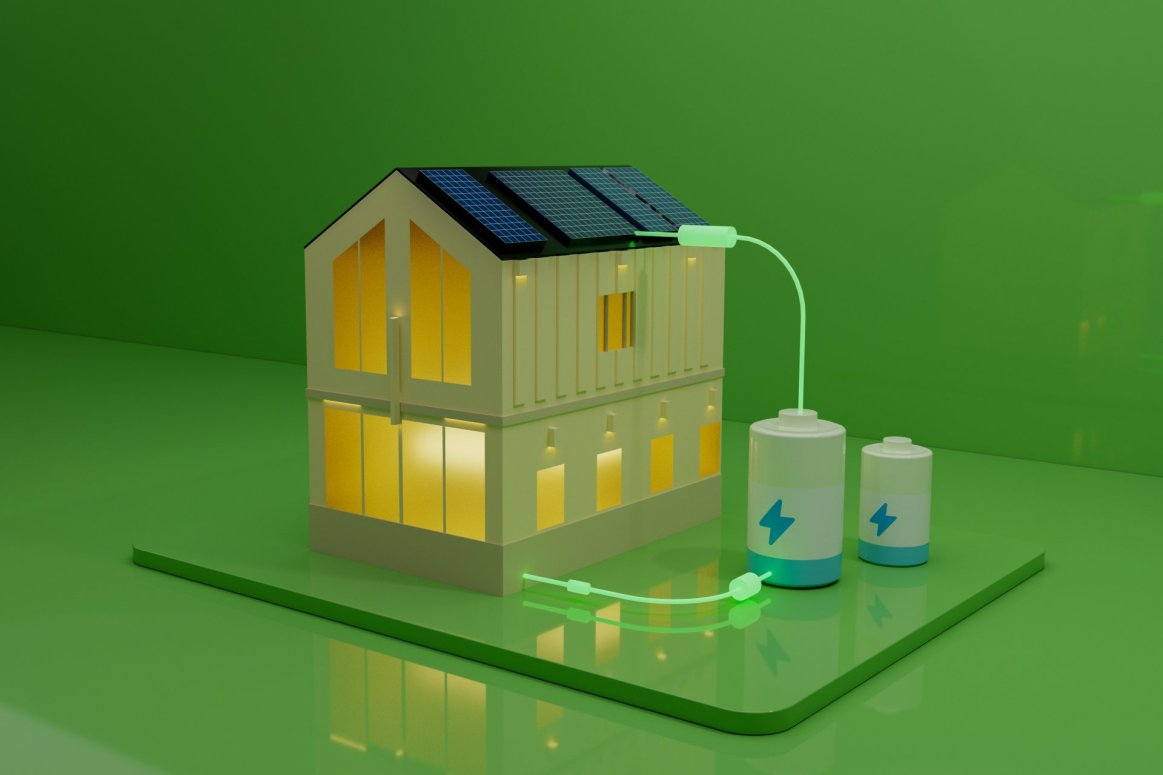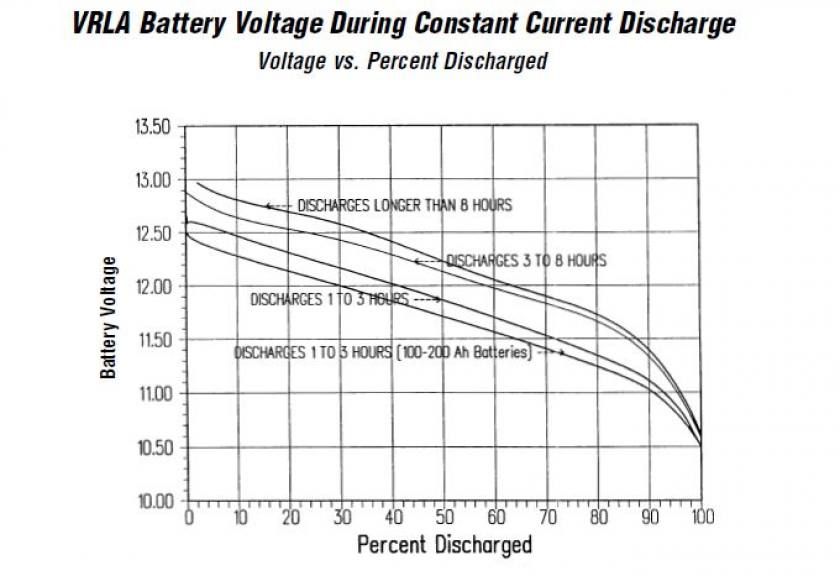
There are multiple factors that significantly affect the life of a battery. I'll try to summarize the major issues related to battery performance below. Here is a summary of four main factors (cyclic life, depth of discharge, temperature, recharge rate) affecting the battery performance and life.
1- Cyclic life
The battery life is mainly determined by the use cycles of the battery. An AGM or flooded battery may have a life of 300 to 700 cycles under normal use; however that of a gel battery may be from 500 to 5000 cycles.
The battery completes a cycle when it is charged and discharges once. In a solar system, the batteries are charged during the day and they are partially discharged during the night. In this case, one cycle corresponds to one day.
2- Depth of Discharge (DOD) effect
The harder the battery works, the sooner it will fail. This means that a higher capacity withdrawal would result in a reduction of the life cycle. Here is a table that explains the effect of depth of discharge.
| Typical VRLA Battery Cycling Ability vs. Depth of Discharge | ||
| Typical Life Cycles | ||
| Capacity Withdrawn | Gel Battery | AGM or Flooded Battery |
| 100% | 450 | 200 |
| 80% | 600 | 250 |
| 50% | 1000 | 500 |
| 25% | 2100 | 1200 |
| 10% | 5700 | 3200 |
3- Temperature effect
Temperature is a major factor in battery performance, shelf life, charging and voltage control. At higher temperatures, there is dramatically more chemical activity inside a battery than at lower temperatures. Therefore, the capacity of a battery is lower when the ambient temperature is too low. (eg. A battery bank that is a kept outdoor in winter)
For most of the batteries, 65-90 F is the recommended temperature range. In higher temperatures, the battery cyclic life would significantly reduce. We can conclude that cold temperature is not good for the performance of the battery; warmer temperature is not good for the battery life.
4- Recharge Voltage and Rate
All lead-acid batteries give off hydrogen from the negative plate and oxygen from the positive plate during charging. The valve regulated batteries (VRLA) have pressure sensitive valves. Without the ability to retain pressure within the cells, hydrogen and oxygen would be lost to the atmosphere, eventually drying out the electrolyte and separators.
A battery can only store a certain quantity of electricity. The closer it gets to being fully charged, the slower it must be charged.
Typically, the battery would be charged up to 90% in 60% of the overall charging time; the remaining 10% would take up to 40% the total time. Therefore, it is critical to use a suitable charge controller in order to regulate the voltage and the charge rate when charging a battery.
Any VRLA battery will dry out and fail prematurely if it experiences excessive overcharge.
It should be noted that 13.8-14.1 V voltage range would mean a fully charged battery for a Gel type battery whereas, 14.4- 14.6V voltage range would mean a fully charged AGM battery.
A totally discharged battery is at 11.8-12.0 Volts.


Comments
Do you have any information on battery connector cables? I am trying to figure out what wires I need to string my batteries together? Thanks
Excellent article and MK reference! I recently selected a used AGM set of batteries for my off-grid cabin system based mostly on initial cost. After further analyzing possible replacements, I've decided that the lithium battery sets, either supplied as a complete system like BMZ's or taken from electric cars would be preferred mainly because of 10X better usable kW-hr/day and cost per kW-hr over the cycle life of the battery.